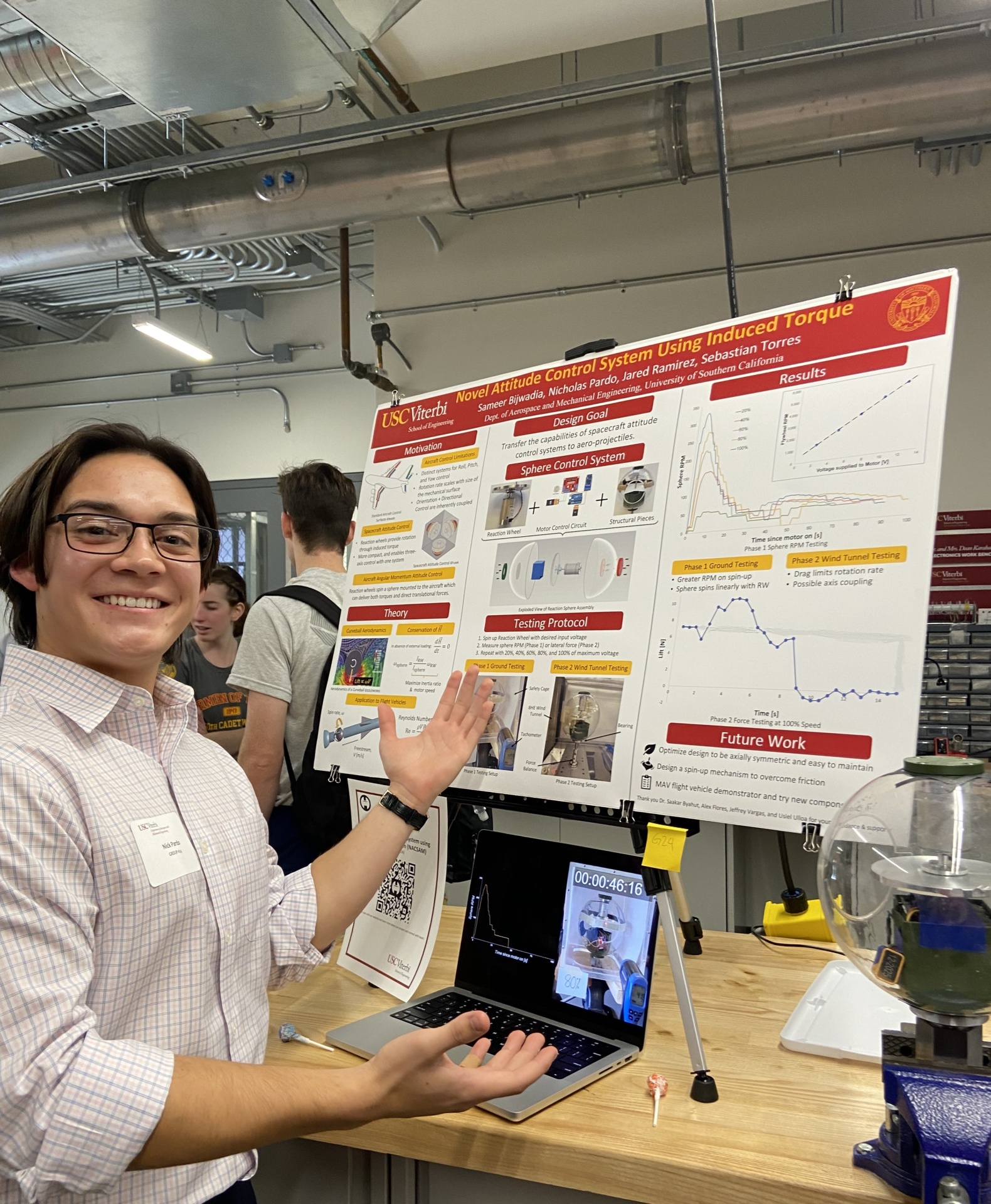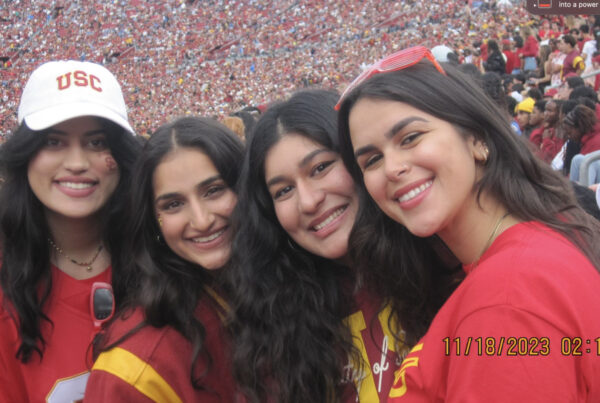Why I Decided to Major in Astronautical Engineering for my Undergraduate and Masters Degree
Hello! I’m Nick Espalin-Pardo. I’m a senior at USC majoring in astronautical engineering and on top of that I am also pursuing a Masters in astronautical engineering at the same time! The way that I’m able to do this is through the Progressive Degree Program(PDP), which allows for USC students to take classes towards their Masters degree concurrently with their undergraduate coursework. While you certainly don’t have to pursue a masters in the same degree as your undergrad, I enjoyed astronautical engineering so much I decided to go for round two!
Why Pursue Astronautical Engineering For Undergrad
Astronautical engineering is the perfect major for any engineering student that wants to use their engineering skills for the purpose of space exploration. One question I always get about my major is “how is it different from aerospace engineering?” The best way I have learned to explain it is that aerospace deals with mostly in-atmospheric vehicles and dabbles in some spacecraft dynamics, while astronautical engineering goes all in on everything space and focuses on the part of atmospheric flight that deals with leaving the atmosphere. The basic principles between aerospace, mechanical, and astronautical engineering are the same so much that we actually take the exact same thermodynamics, statics, and dynamics classes but veer apart when it comes to applications. Where we get to take gas dynamics and rocket propulsion, aerospace engineers have to take fluid dynamics and engine propulsion. In my classes I have created designs for launch vehicles, orbital trajectory paths for interplanetary travel, attitude control systems for satellites, and a bunch more cool things. The professors are also great! I have taken many astronautical engineering classes taught by JPL engineers, NASA Goddard researchers, and astronauts. If you think undergraduate astronautical engineering is cool, just wait until I tell you about the masters courses in astronautical engineering.
Why Pursue Astronautical Engineering For Postgrad
Before I touch on why I’m doing a master in astronautical engineering, let me quickly explain how. USC offers a program that allows you take masters classes that count towards your masters degree during your undergraduate years called the Progressive Degree Program (PDP). You can submit your PDP application as early as your junior year as long as you have 64 units. The application is pretty quick, free, doesn’t require a GRE, and if you have above a 3.5 GPA, it doesn’t require any letters of recommendation.
I submitted my PDP application in the Spring of my junior year and began taking classes the Fall of my senior year. In my undergraduate course plan I had spots in my schedule for elective classes which I used to take masters classes. This is great because I’m paying undergraduate prices for masters courses and shortening the time it takes for me to complete my masters. On top of that some of my undergraduate courses count as or waive some of the required courses for my masters. All that put together, I am on track to finish my masters degree in 1 year only taking 2 classes each semester during the masters degree. Logistically, a PDP masters makes sense, but its also is just really cool. Some of my favorite classes I’ve taken so far are “Entry, Descent, and Landing Systems for Planetary Surface Exploration” which covers the technical design aspects for getting on the surface of different planets and “Human Spaceflight” which covers all the different design considerations when creating spacecrafts for humans! I have gotten to chat with Astronauts, NASA flight surgeons and engineers, and a bunch more industry professionals.
If you would like to hear more about astronautical engineering feel free to reach out me on the Instagram in my bio or come and find me at ExploreSC or Admitted Student Day!




